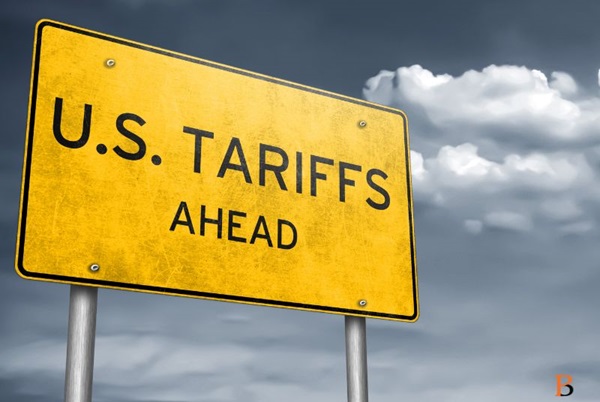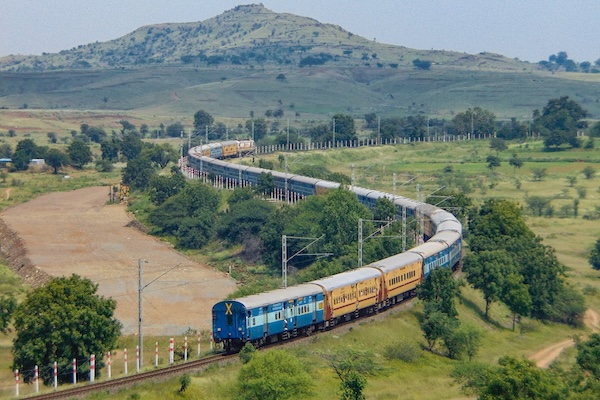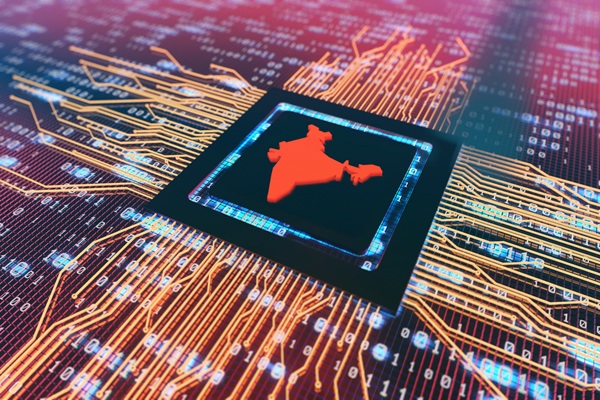.png)
April 8, 2025 at 1:04 PM IST
While much of the world debates the merits and impact of President Donald Trump’s new tariff regime, Ray Dalio wants everyone to understand that tariffs are a surface-level disruption. The deeper story, he says, is the breakdown of the global monetary, political, and geopolitical order—a historical shift he believes is being overlooked in the frenzy around trade.
In Dalio’s telling, what we are witnessing is not just a noisy skirmish over trade policy but a systemic unravelling of a post-war model built on debt-fuelled consumption, globalised supply chains, and multilateral diplomacy. In its place, he sees a return to historical cycles of upheaval where power, capital, and control revert to national hands—often with damaging consequences.
Monetary policy, he argues, is at its breaking point. The debt-driven arrangement in which the United States borrows and spends while countries like China manufacture and invest is, he says, no longer viable. Deglobalisation, national security concerns, and deep trade and capital imbalances are pulling the system apart. In a world where supply chains are geopolitical battlegrounds and sovereign creditors worry about being repaid, the trust that underpins global finance is eroding fast.
The political order within nations, too, is fraying. Dalio points to the widening gaps in income, education, and opportunity as fertile ground for populism. Centrist compromise has given way to factional gridlock, a trend that history suggests can open the door to authoritarian solutions.
At the international level, Dalio contends, the post-war multilateral framework is giving way to raw power politics. With the US stepping away from its role as global steward, the result is a world defined more by unilateral action than cooperative order. Tariffs, tech wars, and military escalations are all symptoms of this new reality.
He identifies five forces—monetary instability, domestic political polarisation, geopolitical fragmentation, climate shocks, and technological disruption—that are not only intensifying but interacting with one another in volatile ways. Tariffs are just the visible tip of this iceberg.
For investors, policymakers, and anyone trying to make sense of today’s chaos, Dalio offers a blunt warning: misreading the moment as a trade dispute is to miss the forest for the trees. Instead, he urges us to study past turning points—where monetary, political, and geopolitical orders broke down—to understand what happens next.
In his framework of the “Overall Big Cycle,” the world is in a familiar phase of disorder before the emergence of a new order. That process, he suggests, involves defaults, capital controls, and even conflict. His intent is not to be alarmist but to help others prepare wisely and engage in the kinds of conversations that might avoid repeating history.
In a world bracing for the fallout from a 10% universal tariff and a 26% surcharge on Indian goods, Dalio’s core argument is worth keeping in mind: It’s not just about what is happening—it’s about why it is happening and what kind of world it is ushering in.




